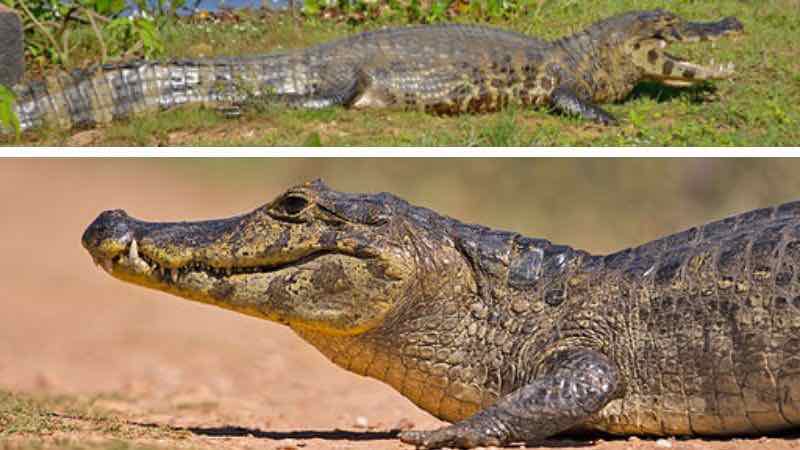
With whom does it share its habitat? Where does it live? Is it in danger of extinction? Beliefs related to caimans
The yacare caiman (Caiman yacare) and black caiman (Melanosuchus niger) are two sympatric species, i.e., they are two species that inhabit or overlap in the same habitat, the populations are not geographically isolated, and their ranges overlap partially or completely, which constitutes a form of speciation.
This is the case in some heavily depredated parts of the Bolivian Amazon. In these cases there is a larger population of C. yacare than of M. niger due to the historical modes of exploitation and the competition processes that may exist between the two species.
On the other hand, it has been proved that the species M. niger recovers more slowly than C. yacaré, at least this is what was observed in lagoons far from the main channel of the Bolivian Ichilo River, located near Puerto Villarroel, the main fishing landing port in Bolivia (Aguilera, Coronel, Oberdorff, Van Damne 2008).
Before the 1950s, the two species were widely distributed in the water bodies of Bolivia, Colombia, Peru, Ecuador and Venezuela.
But from that period on, the price of caiman skin increased notably, especially in the European and American markets, and the exploitation of the resource increased, to the point of overexploitation of both species (Ojasti 1996), bringing them almost to the brink of extinction.
A sustainable development program with the caiman
In the Bolivian Amazon there are five species of the alligatoridae family. With one of them, C. yacare, a sustainable development program has been developed. This is a national program for the raising of young in hatcheries, which has established a maximum annual quota of 50,000 specimens of the species, although, in practice, the average number does not exceed 30,000 per year.
These are reptile management plans, established in agreement with the indigenous ethnic groups, which include legal hunting, transport and commercialization, seeking to benefit the indigenous communities economically, while teaching them to conserve the resource in the long term.
A number of specimens are hunted, according to a count carried out among local supervisors and indigenous representatives. Of the total detected, 25% is hunted (or “harvested” as they call it), and the remaining 75% is left for conservation. The specimens are usually harvested from a size of 1.80 m, which is reached between 3 and 8 years of life. It is estimated that an alligator can live up to 12 years, and from 35 to 45 years in captivity.

Achim Raschka CCBYSA
Beliefs related to caimans
Ninon Ríos is a young Bolivian biologist and master’s degree holder who has been involved in several research programs and conservation plans for caimans in the Bolivian Amazon.
She has been passionate about the subject for several years. Interviewed by Mongabay Latam (05.08. 2019), Ríos explains her interest in these reptiles because “they are very ancient, and throughout their evolutionary history they have remained very similar to their ancestors.”

Author: Andreas Trepte CCBYSA
She reveals that the caiman is not an aggressive animal, because it does not come to attack people, even when hungry. She says that “many of the ideas we have about them are wrong, because, to begin with, they are animals that don’t eat much. There are reports of accidents because people are careless.”
Caiman meat is marketed because it is difficult to distinguish from chicken meat in Amazonian markets and is promoted by exponents of Bolivian Amazonian gastronomy. Ríos points out that the indigenous Bolivians believe that the large lagoons are cared for by large caimans or sukirismoy.
When these caimans are hunted, the lagoon dies. The biologist says they may be right. The caiman is one of the largest predators in the region, and at the top of the food chain. Because of their elevated position, they occupy a central place as regulators of the health of the populations in this ecosystem. If it is killed, the lagoon may experience serious environmental problems.
Other Amazonian crocodiles or caimans
April 24, 2020
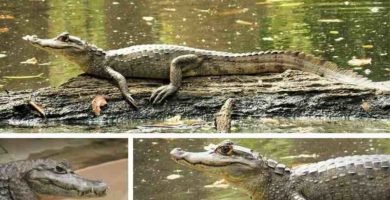
Crocodile or White Caiman
April 22, 2020
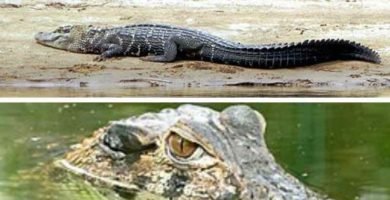
Black Caiman – A rare crocodile species
April 20, 2020
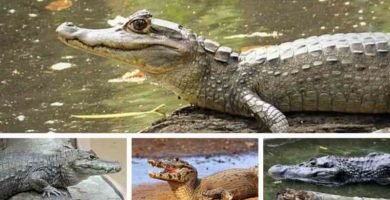
Caimans – Top Three Amazon Rainforest Crocodiles
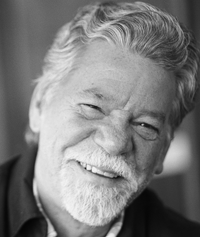
Dr. Rafael Cartay is a Venezuelan economist, historian, and writer best known for his extensive work in gastronomy, and has received the National Nutrition Award, Gourmand World Cookbook Award, Best Kitchen Dictionary, and The Great Gold Fork. He began his research on the Amazon in 2014 and lived in Iquitos during 2015, where he wrote The Peruvian Amazon Table (2016), the Dictionary of Food and Cuisine of the Amazon Basin (2020), and the online portal delAmazonas.com, of which he is co-founder and main writer. Books by Rafael Cartay can be found on Amazon.com
This post is also available in:
![]() Español (Spanish)
Español (Spanish)
